Bringing Computer Science to Life with “Coding in the Wild” Blogs for Elementary Students
Bringing Computer Science to Life with “Coding in the Wild” Blogs for Elementary Students
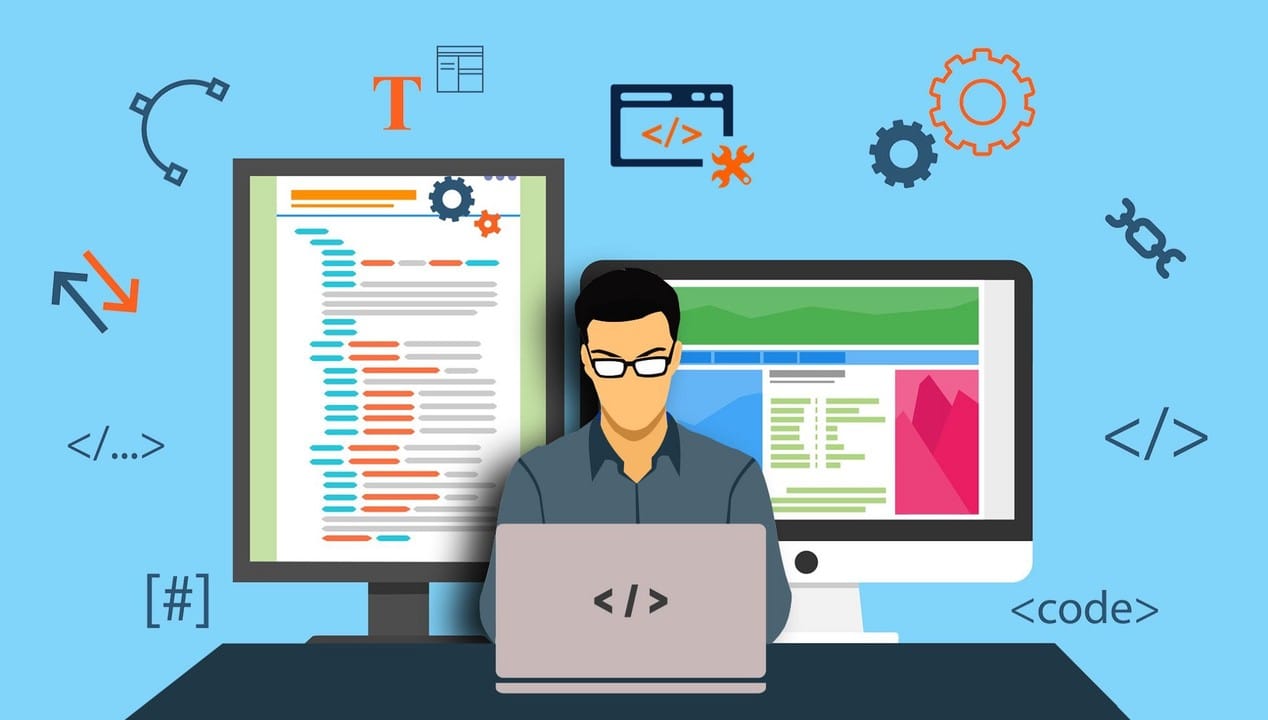
Computer science education does not have to be in the classroom or in a book. Actually, the best and most thrilling learning may occur outside of four walls. Elements of coding: The Coding in the Wild solution helps turn coding for elementary students into a practical, real-life experience by elementary students so that daily activities can be converted into a learning experience full of wonder and imagination.
This blog describes that trying to combine blogging and real-life observations can make young learners become interested in computer science for elementary students. Asking students to report what they observe during their everyday lives and identifying the presence of coding concepts, ranging both in nature or around their houses and in their communities, teachers can create conditions under which students feel more inclined to learn what coding learning is about and can exercise critical thinking that is more engaged in the process.
Introduction
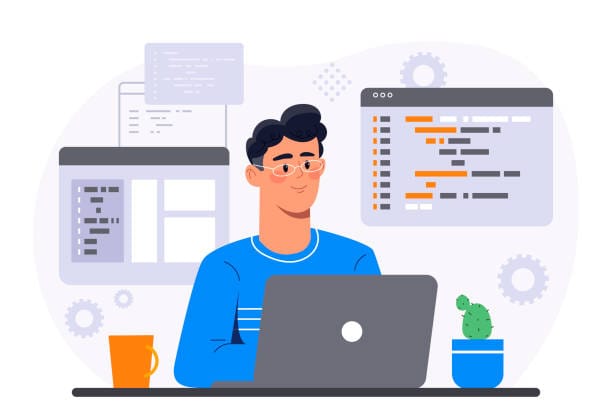
In the new digital-first world, wherein technology is taking over, it is important to teach children to code early in life so that they are empowered with essential reasoning, creativity and problem solving skills. Nevertheless, it does not mean that coding has to be screen- or textbook-based or follow the usual lesson pattern.
This artistic method is aimed at stimulating elementary students to see where the power of coding is used in their real life: the traffic systems, smart home appliances, the apps, games, and even nature-inspired algorithms.
Blogging helps students to think about such real-world connections therefore making computer science more practical, personal and enjoyable. It is a new way to introduce science for elementary students, spark curiosity and build long-term interest in technology through elementary coding concepts.
What is “Coding in the Wild”?
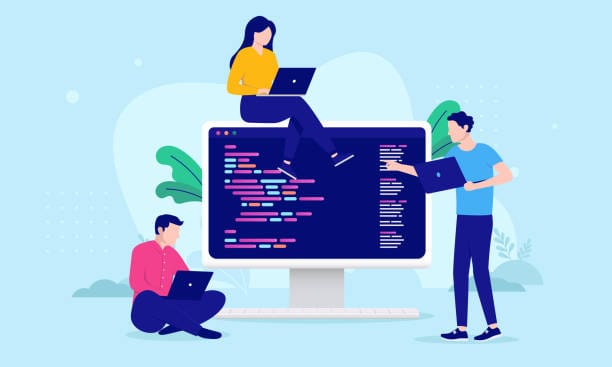
Coding in the Wild is an educational project based on a blog that makes a connection between computer science educationand daily life full of fun and meaning. Rather than being forced to study coding concepts through a purely abstract and obscure system, elementary students are able to think of how technology manifests itself in the real world such as how traffic lights are logic driven, how weather apps tap into data, or how vending machines run off of programmed instructions.
Students may come to regard coding for elementary students as something very much alive, something useful, and something all around them by writing or reading blog posts about these nonfiction technology applications. This fosters an engaging approach to computer science for elementary students through real-world storytelling and observation.
Key Elements for computational thinking and artificial intelligence:
Observational Learning: Students will be taught to learn how to use technology through real life applications and to know the concepts of coding they follow.
Student Blogging: Learners represent their findings and thoughts in a form of blog posts, which allow them to acquire tech skills and also develop communication skills.
STEM Integration: The Coding in the Wild is cross-curricular, and it incorporates science, technology, engineering, math in real-world situations.
Why Computer Science Education Matters in Elementary Grades
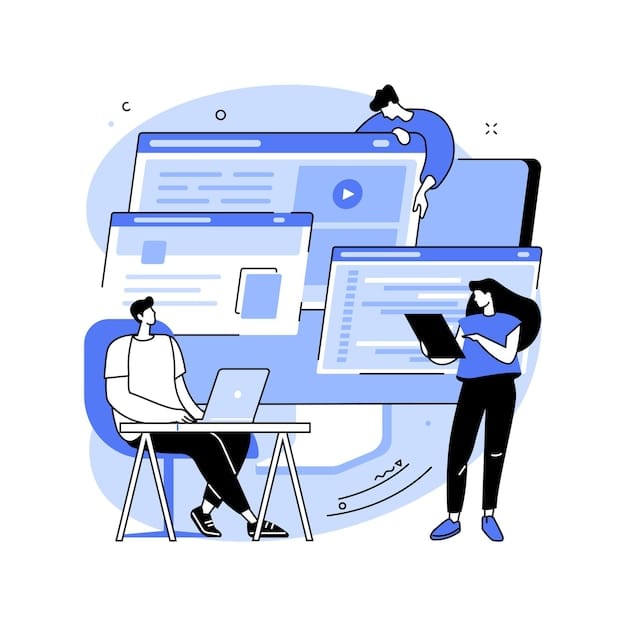
Early introduction of computer science educationintroduces foundations of the necessary skills in the 21st century. This is precisely the right moment to learn elementary coding in a light-hearted and engaging manner, since at this age, elementary students are eager to know how things work. Exposing the child early will create a digital literacy base along with the necessary confidence to work with technology and to place a child in an educational mindset that is oriented toward being creative and problem solving. Coding also promotes academic development in general.
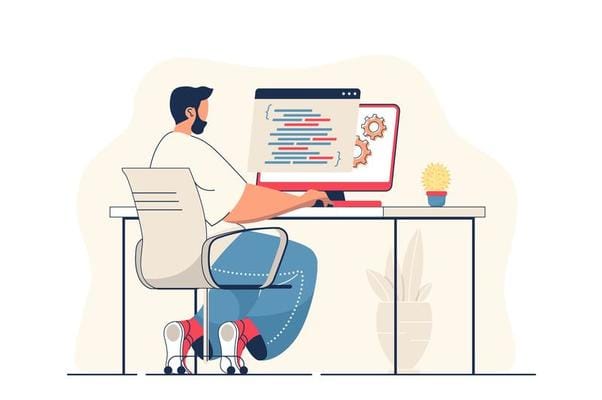
It assists next generation learn coding at their own pace:
Learn the reasoning of their preferred games and apps: When they deconstruct the way digital resources work, students are more critical users and even innovators.
Study sequencing and decomposition of the problem: They are important skills in coding as much as in math, reading and in general thinking.
Develop better math and reading comprehension logic skills: Another benefit of coding is that, as it is a subject that involves thinking and procedural patterns and structure, it improves performance in other academic pursuits.
How Blogs Can Transform Coding for Elementary Students
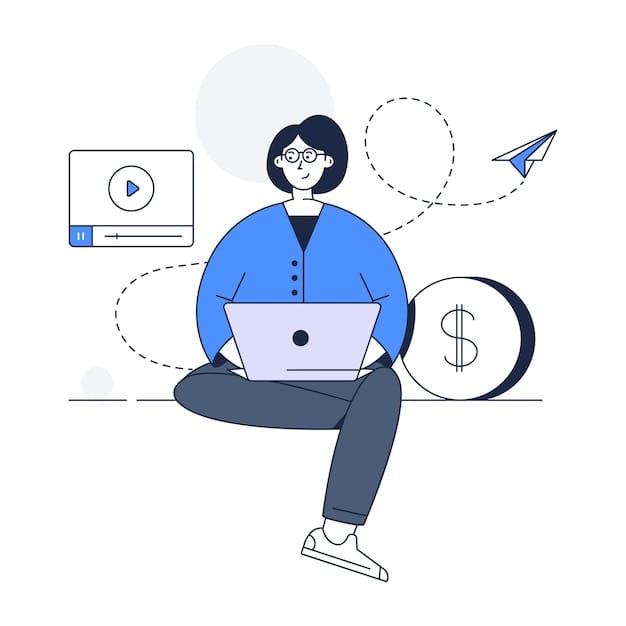
Blogging can be an effective instrument to revolutionize the process of teaching and learning coding in the elementary school. It offers an agentic and contemplative atmosphere in which students are encouraged to digest what they are being taught, as well as share what they think, and draw their own personal associations to the world of computer science education.
By writing about their coding experiences students get to be the active participants of their own education instead of merely being the receivers of the information.
Via blogging, young learners will be able to use cs curriculum and engaging activities like :
Write about their experience in coding: Whether it is making a simple animation, completing a puzzle in a coding app, or simply playing around with a robot, students will have a chance to think about what they have learned, what difficulties they encountered, and how they solved them. Students can write about coding projects and share the knowledge of coding projects.
Discuss nature, school, or home coding projects: The Wild coding activity invites students to get outward and record how coding is used in the places they visit every day, such as learning how a microwave implements programming logic, or a sprinkler system operates through time-based chains. Pieces of writing about these practical observations enhance the knowledge and allow to relate abstract ideas to the real-life experience.
Learn to write and become tech-fluent: Blogging also facilitates language acquisition and thinking. By structuring their thoughts, describing processes, explaining them through the right structure, students build not only self-communication but also digital literacy.
Effective Techniques to Teach Elementary Coding Through Blogging
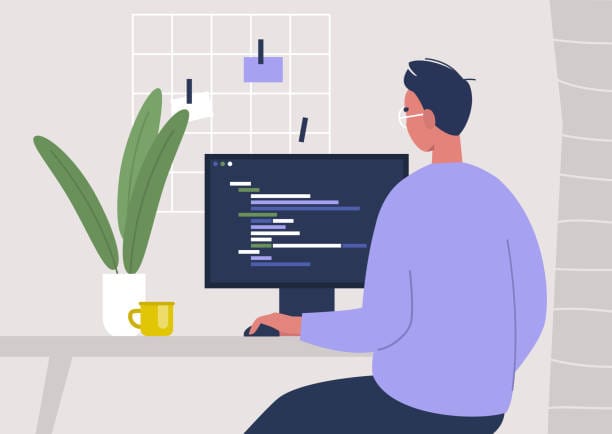
A combination of blogging and teaching the basics of elementary coding can put a creative and student-focused spin on learning that is enthralling and informational.
By engaging elementary students with writing, considering and sharing their experiences, one will increase knowledge and bring coding closer. Better yet, there is no issue with incorporating other subjects, such as science, math, and language arts in the process of blogging as well, making code a cross-curricular subject.
To teach coding the following are proper methods to be implemented:
✅ Photo Journals of Participating projects during Coding
Students may capture photos of their projects such as when creating a simple robot, making a digital story, or creating an automated toy box and cable in captioned photographs or short blog entries of what they created, how it functions and what they learnt. Such presentation method strengthens both technical and communication techniques.
✅ When Scratch Programming is combined with Descriptive Writing
The students then are able to write a blog to explain their intent in making the animations, games or project, what blocks were utilized as well as an explanation of any coding issues solved using Scratch. This assists them to cement their comprehension as well as enhancing the fluency of writing.
✅ Making Students Discover Coding in The Real World
Ask the learners to go experimenting their way at home, in school, or around town to identify instances of coding in household appliances, on-demand elevators, traffic lights, in museum displays, or something they might otherwise encounter in their daily lives. On their blog publication, they can specify how these systems operate and how they are coded to come to effect.
✅ The introduction of newbie friendly blog platforms
Application as Kidblog, Seesaw, or Google Sites enable children to simply create and post material on their blogs within a secure and teacher-regulated environment. The resources which are offered are user-friendly and intended only at early-level learners, so they can easily combine the text, images, and even short videos.
Teacher Tips to Implement “Coding in the Wild” Successfully
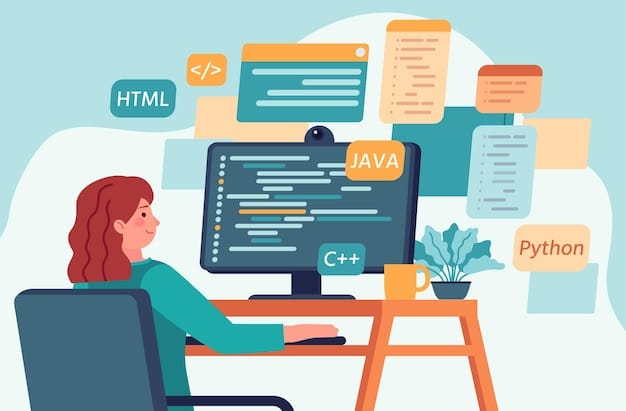
The introduction of the Coding in the Wild strategy in your classroom does not entail any drastic change in curriculum; it simply means a transition of the way of knowing, seeing, and sharing what is being learned. Given the appropriate strategies, teachers will be able to encourage curiosity and create links between computer science education and real life, and make pupil-driven learning more relevant for elementary students.
Following are some of the best practices to get you started:
Begin with curiosity: Ask the students the question, where do you see coding nowadays. ask the students to use their eyes to see where technology is in action: around the house, at school, or on their streets. This is a mere question that leads to observation, discovery and reflection.
Inquire-based learning: draw bridges between real-life examples and code Prompt the students to pose some questions regarding how everyday systems work such as, How does a stoplight know when to change? and tie these observations to low level concepts of coding such as logic, conditionals or sequences.
Make a secure, age-friendly blogging environment: Encourage students to express themselves by offering a safe place to think on child-friendly blogging services, such as Kidblog, Seesaw, or Google classroom, among others. These platforms enable students to involve text, photos, videos, and even audio reflections.
Apply the visual programming (e.g. ScratchJr or Scratch): The platforms are ideal to use by novices and allows students to produce uncomplicated interactive tales or games. Students should also have the amount of freedom of blogging about the project: what they made, why they made it, and what they learned in the process, after coding.
Mark agreeable blog posts by posting them in the classroom or show rooms: Offer students an authentic audience by creating time when students can share their blogs with their classmates, parents or even a wider community in school. Parties enhance inspiration, self-esteem and their jobs.
Conclusion
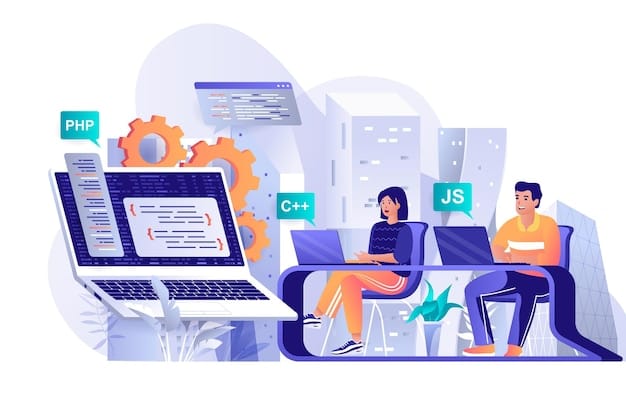
The concept of coding for elementary students seems to be a new method used to make the computer science experience exciting and mixes creativity, relevance, and literacy. It takes coding off the screen and into the daily lives of students where they can see, remember, and share what they are learning in ways that are important to them.
“Coding in the Wild” blogs offer an engaging way to teach coding to young learners by connecting real-world examples to core concepts from the computer science (CS) curriculum. These blogs help students learn computer science through relatable stories that highlight how computer programs are used in everyday life—from games and apps to space missions and smart homes.
Designed for all skill levels, the content supports foundational concepts like computational thinking and math skills while allowing students to progress at their own pace. Whether it's through exploring artificial intelligence or trying hands-on coding lessons, students discover a creative outlet that makes learning fun and meaningful. These blogs not only build technical knowledge but also inspire students to see coding as an exciting tool for innovation.
Frequently Asked Question
What makes computer science education important at the elementary level?
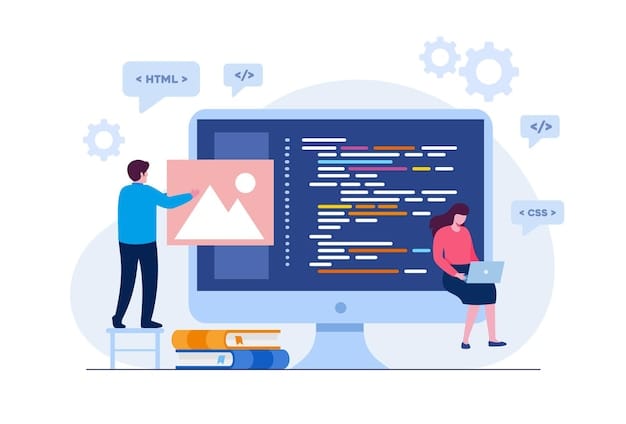
The early introduction to computer science education forms the fundamental knowledge of computational thinking, and digital literacy, which is the most necessary in the world of modern technologies. It is something that helps children deconstruct problems, identify patterns and be innovative at solving them, which can apply in many different areas many beyond coding.
These ideas presented at young age can also increase confidence, creativeness, promoting the growth mindset. It also lowers the opportunity gaps, spurring everyone to eventual STEM learning and work by introducing technology as the norm: accessible and interesting at an early age.
How can we introduce coding for elementary students in a fun way?
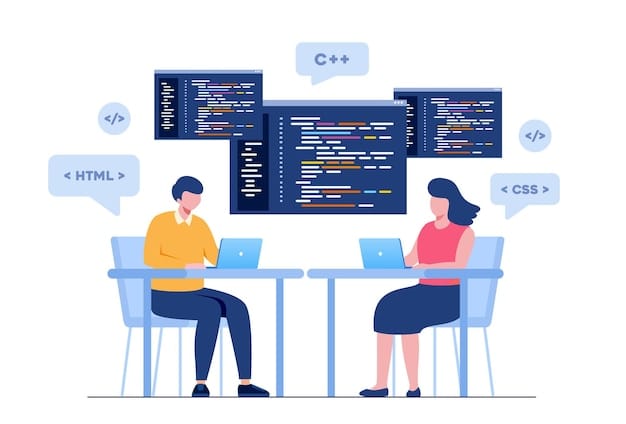
Parents often face challenges when trying to help their children explore coding, but with the right courses, they can support young programmers in identifying their interests and building essential skills.
By coding with popular visual block programming languages such as Scratch or Scratch Jr, elementary students will find coding to be enjoyable, and easy to learn at the earliest ages. Through these platforms, children can make games and stories with colored blocks, and that is how they can learn programming without being bothered by complicated syntax.
Making elementary coding realistic and thrilling by combining activities with real life (such as programming a robot or discovering smart appliances at home) is the perfect combination of tools. Relating them to real-life situations creates an interest in learning and makes students aware of how coding makes the technology we can use daily.
Can elementary science topics be combined with coding projects?
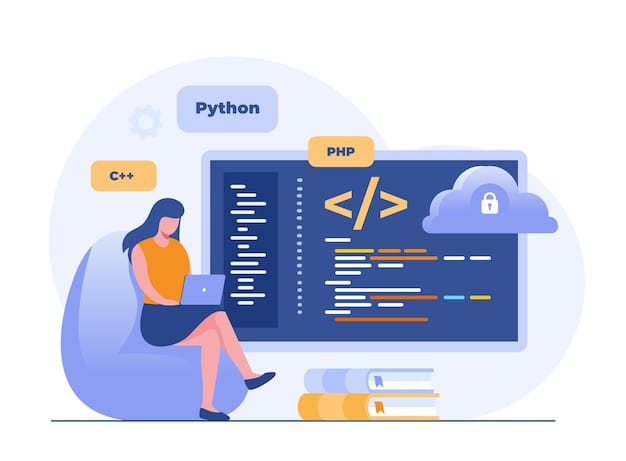
Yes! Coding may contribute to learning elementary science in elementary levels because it enables students to simulate, animate or collect information. As an example, they could code a computer simulation of the water cycle or use sensors and code to monitor plant development.
These projects contribute to the understanding of the scientific ideas and they are more interactive, as well as, they develop the skills of solving the problems and analysis. Integration of coding and science promotes exploration and enhances knowledge of these two areas as students experiment with them.
What are good starting tools for elementary coding activities?
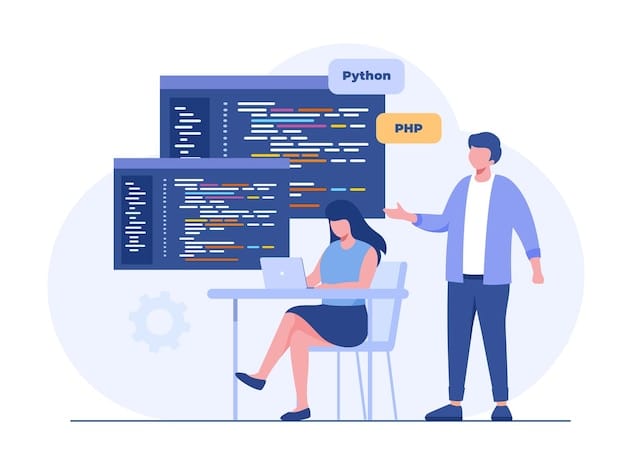
Start with block-based programming, such as Scratch Jr, Code.org, and Tynker, which present an easier way of learning about coding to young learners. These tools offer lesson interactive and fun projects that develop basic skills without frustration of typing errors.
Most of them have storytelling, puzzles, and games, which help children to be occupied and advance their creativity and critical thinking. They are simple to apply to classrooms and homes making coding easy, and fun among elementary classes.
How does “Coding in the Wild” support computer science for elementary students?
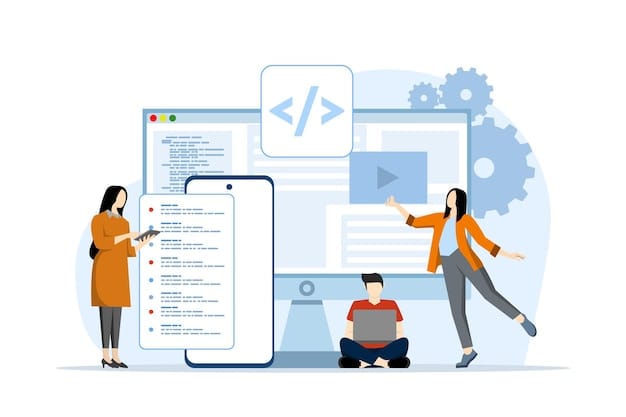
Coding in the Wild assists elementary students to associate coding with the real life by asking them to watch the existing technology in their surrounding and share in blogs how technology functions. By doing this, computer science can be related to and creates curiosity.
Blogging also develops writing and reflective practices, which enhance the ability of the students to explain their concepts of coding in their own words. The present approach encourages students to learn coding but also to ensure that they have fun in the process, that they express their sense of creativity, and that they understand that they can work with technology and make it understandable to them.
Comments
Your comment has been submitted successfully!